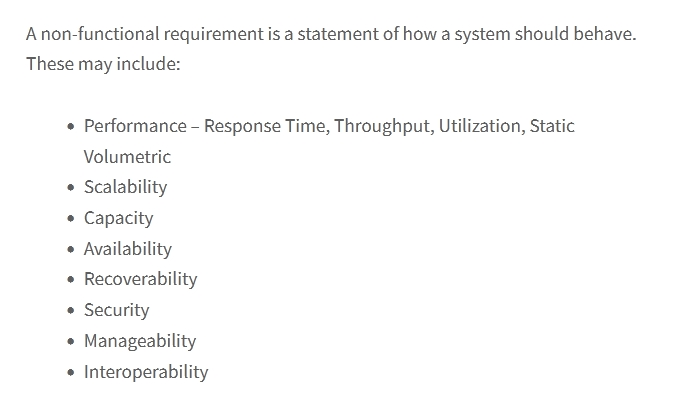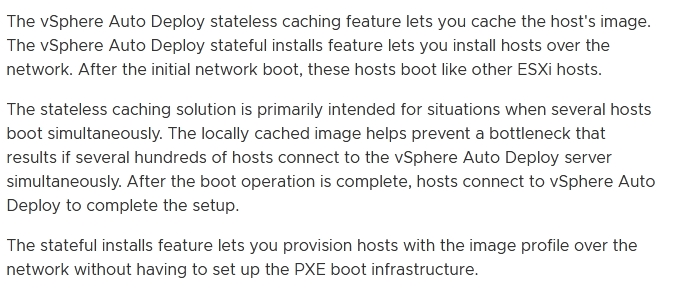An architect is considering placement of virtual machines within an existing VMware software-defined data center (SDDC).
During the discovery phase, the following information is documented:
Cluster One -
✑ Six ESXi hosts
✑ vSphere HA with host failures cluster tolerates = 1
✑ Proactive HA is enabled and set to automated
✑ Fully Automated vSphere DRS
✑ Transparent Page Sharing (TPS) is enabled
Cluster Two -
✑ Eight ESXi hosts
✑ vSphere HA with host failures cluster tolerates = 1
✑ Proactive HA is disabled
✑ Partially Automated vSphere DRS
✑ Transparent Page Sharing (TPS) is disabled
Cluster Three -
✑ Three ESXi hosts
✑ vSphere HA with admission control is disabled
✑ Proactive HA is not supported
✑ Transparent Page Sharing (TPS) is disabled
Virtual Machine Resource Profile 1
✑ Memory sharing techniques should not be used
✑ Virtual machines should be automatically restarted in the event of host failure if resources are available
✑ Automated initial virtual machine placement
Virtual Machine Resource Profile 2
✑ Memory sharing techniques should not be used
✑ Virtual machines should be automatically restarted in the event of host failure regardless of available resources
✑ Automated initial virtual machine placement
Which two recommendations should the architect make for placement of the virtual machines to meet resource profile requirements? (Choose two.)

